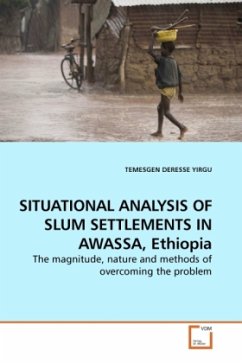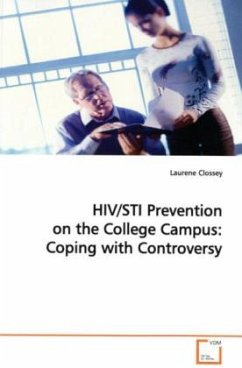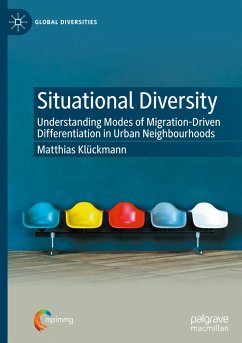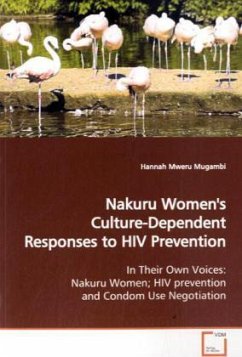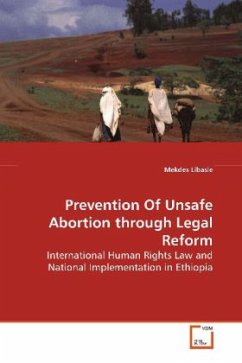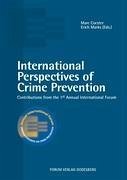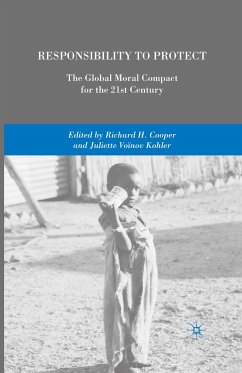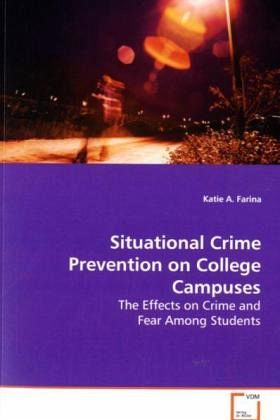
Situational Crime Prevention on College Campuses
The Effects on Crime and Fear Among Students
Versandkostenfrei!
Versandfertig in 6-10 Tagen
32,99 €
inkl. MwSt.

PAYBACK Punkte
16 °P sammeln!
Previous research has suggested that situationalcrime prevention tactics could be useful on collegecampuses to reduce crime. College campuses representa unique environment for their students. By theirvery nature and transient population, theseinstitutions may put students at risk forvictimization. As such, it is important to examinethe effects of situational crime preventiontechniques at the student level. The results couldprove influential for future prevention and policyendeavors. This work examines situational crimeprevention tactics in relation to property, violent,and overall crime as wel...
Previous research has suggested that situational
crime prevention tactics could be useful on college
campuses to reduce crime. College campuses represent
a unique environment for their students. By their
very nature and transient population, these
institutions may put students at risk for
victimization. As such, it is important to examine
the effects of situational crime prevention
techniques at the student level. The results could
prove influential for future prevention and policy
endeavors. This work examines situational crime
prevention tactics in relation to property, violent,
and overall crime as well as three constructs of fear
of crime among college students. The analyses reveal
significant relationships between situational crime
prevention, crime, and fear that showcase the
importance of this prevention technique on college
campuses. The results should help college campuses
and their students further understand the
relationship between the campus environment and crime
prevention.
crime prevention tactics could be useful on college
campuses to reduce crime. College campuses represent
a unique environment for their students. By their
very nature and transient population, these
institutions may put students at risk for
victimization. As such, it is important to examine
the effects of situational crime prevention
techniques at the student level. The results could
prove influential for future prevention and policy
endeavors. This work examines situational crime
prevention tactics in relation to property, violent,
and overall crime as well as three constructs of fear
of crime among college students. The analyses reveal
significant relationships between situational crime
prevention, crime, and fear that showcase the
importance of this prevention technique on college
campuses. The results should help college campuses
and their students further understand the
relationship between the campus environment and crime
prevention.



